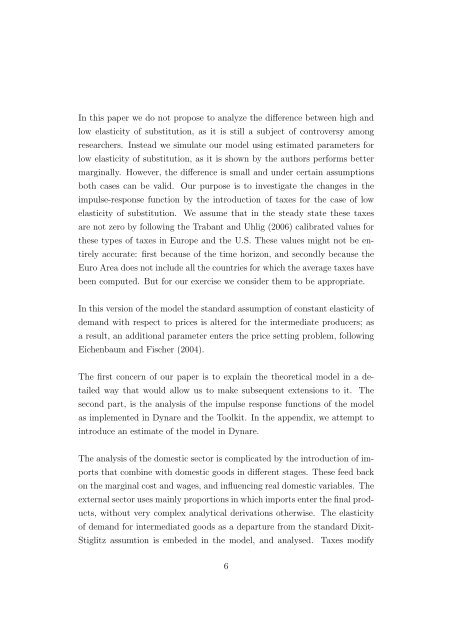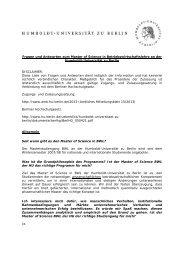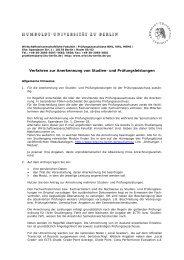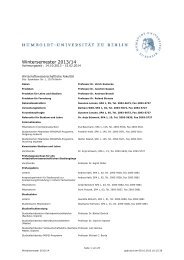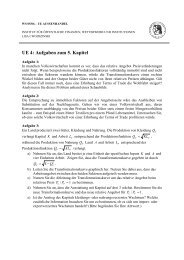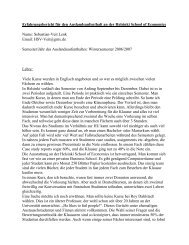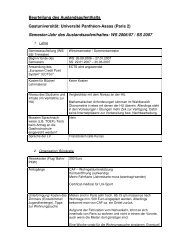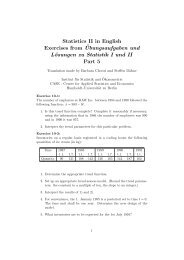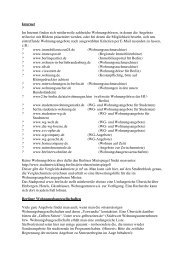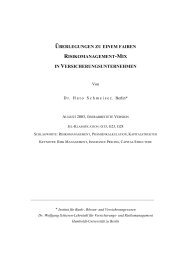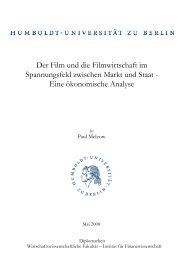Master Thesis - Humboldt-Universität zu Berlin
Master Thesis - Humboldt-Universität zu Berlin
Master Thesis - Humboldt-Universität zu Berlin
Create successful ePaper yourself
Turn your PDF publications into a flip-book with our unique Google optimized e-Paper software.
In this paper we do not propose to analyze the difference between high and<br />
low elasticity of substitution, as it is still a subject of controversy among<br />
researchers. Instead we simulate our model using estimated parameters for<br />
low elasticity of substitution, as it is shown by the authors performs better<br />
marginally. However, the difference is small and under certain assumptions<br />
both cases can be valid. Our purpose is to investigate the changes in the<br />
impulse-response function by the introduction of taxes for the case of low<br />
elasticity of substitution. We assume that in the steady state these taxes<br />
are not zero by following the Trabant and Uhlig (2006) calibrated values for<br />
these types of taxes in Europe and the U.S. These values might not be entirely<br />
accurate: first because of the time horizon, and secondly because the<br />
Euro Area does not include all the countries for which the average taxes have<br />
been computed. But for our exercise we consider them to be appropriate.<br />
In this version of the model the standard assumption of constant elasticity of<br />
demand with respect to prices is altered for the intermediate producers; as<br />
a result, an additional parameter enters the price setting problem, following<br />
Eichenbaum and Fischer (2004).<br />
The first concern of our paper is to explain the theoretical model in a detailed<br />
way that would allow us to make subsequent extensions to it. The<br />
second part, is the analysis of the impulse response functions of the model<br />
as implemented in Dynare and the Toolkit. In the appendix, we attempt to<br />
introduce an estimate of the model in Dynare.<br />
The analysis of the domestic sector is complicated by the introduction of imports<br />
that combine with domestic goods in different stages. These feed back<br />
on the marginal cost and wages, and influencing real domestic variables. The<br />
external sector uses mainly proportions in which imports enter the final products,<br />
without very complex analytical derivations otherwise. The elasticity<br />
of demand for intermediated goods as a departure from the standard Dixit-<br />
Stiglitz assumtion is embeded in the model, and analysed. Taxes modify<br />
6


